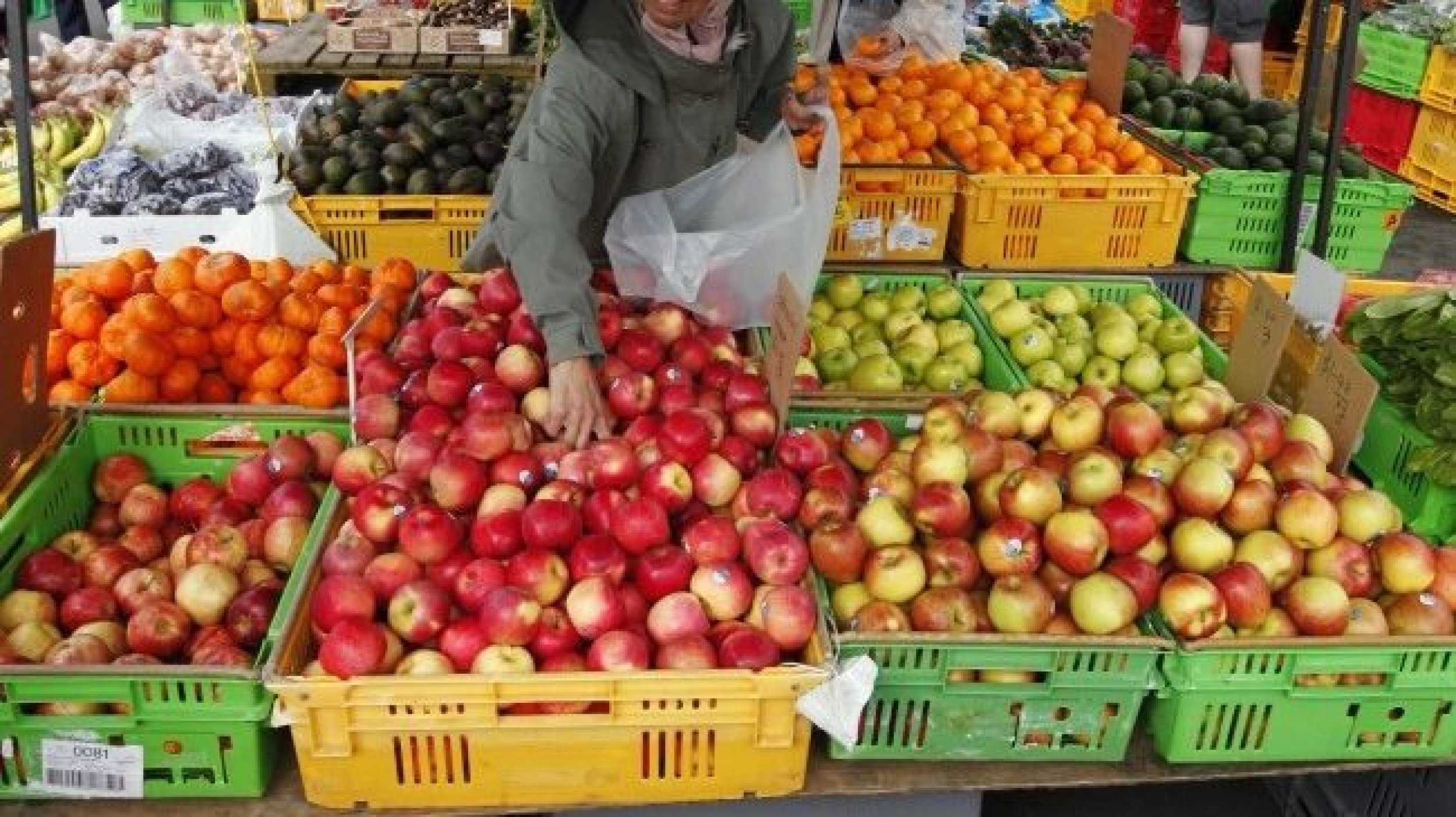Hawaii’s Mauna Loa volcano erupted Sunday for the first time since 1984.
“At this time, lava flows are contained within the summit area and are not threatening downslope communities,” the U.S. Geological Survey posted Monday. “Winds may carry volcanic gas and possibly fine ash and Pele’s hair downwind… Based on past events, the early stages of a Mauna Loa eruption can be very dynamic and the location and advance of lava flows can change rapidly.”
The Hawaii Emergency Management Agency said that the eruption is not threatening communities but warned that “some ash and volcanic glass fibers may become airborne and blow downwind.
Scientists at the Hawaiin Volcano Observatory have begun taking photographs of the world’s largest active volcano.
The National Oceanic and Atmospheric Administration has also begun sharing thermal imagery of the eruption.
The National Weather Service warned that “people with respiratory illnesses should remain indoors to avoid inhaling the ash particles and anyone outside should cover their mouth and nose with a mask or cloth.”
“Possible harm to crops and animals. Minor equipment and infrastructure damage. Reduced visibility. Widespread clean-up may be necessary,” NWS added.
The main section of Hawaii Volcanoes National Park is still open to visitors. But the area near the Mauna Loa summit is closed to hikers.
Mauna Loa covers half the island of Hawaii, the state’s largest island.







